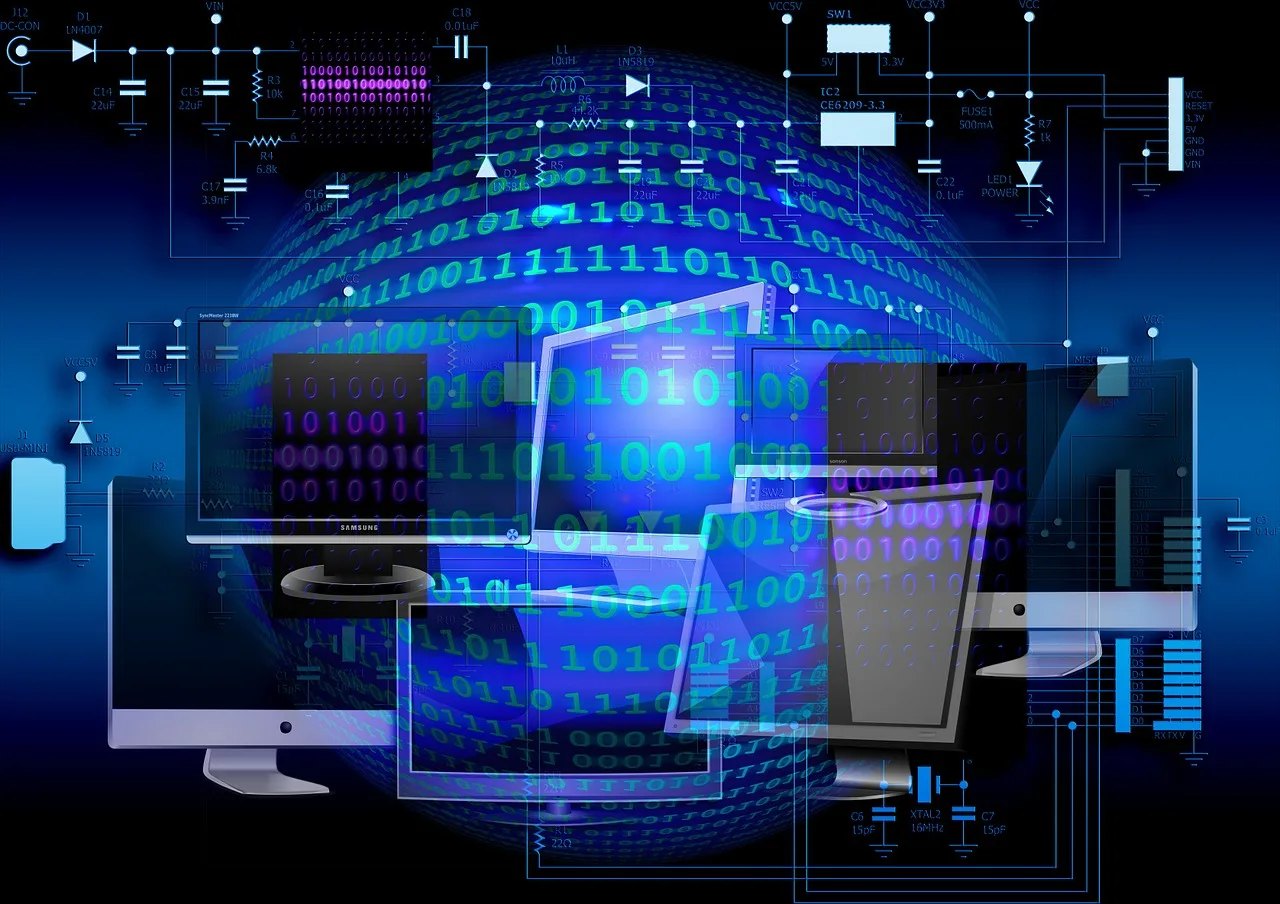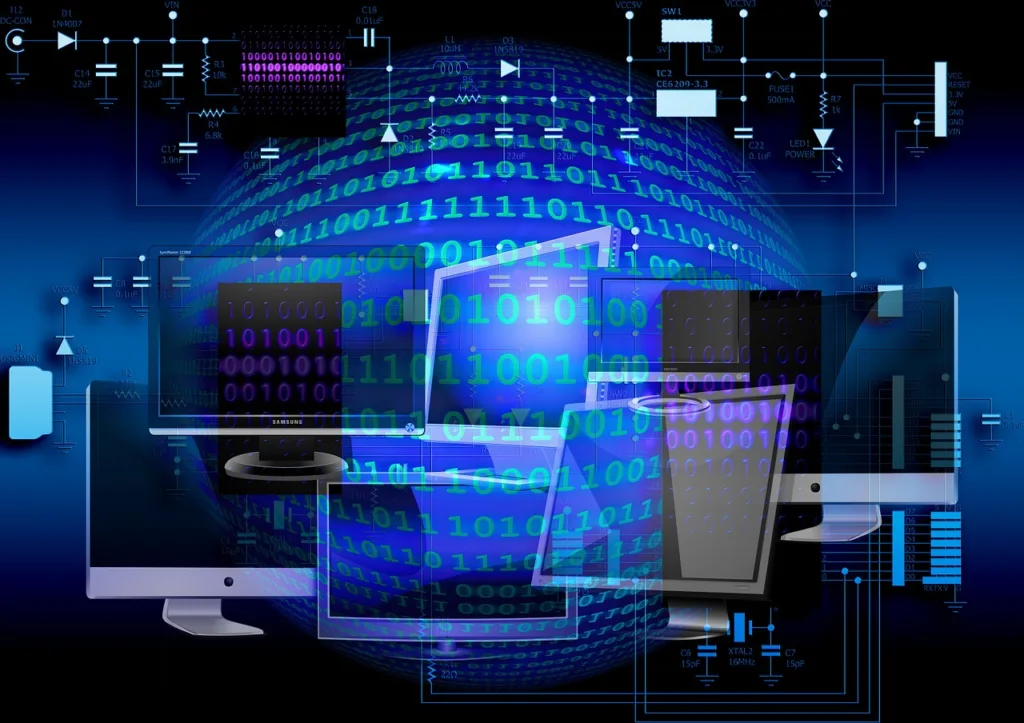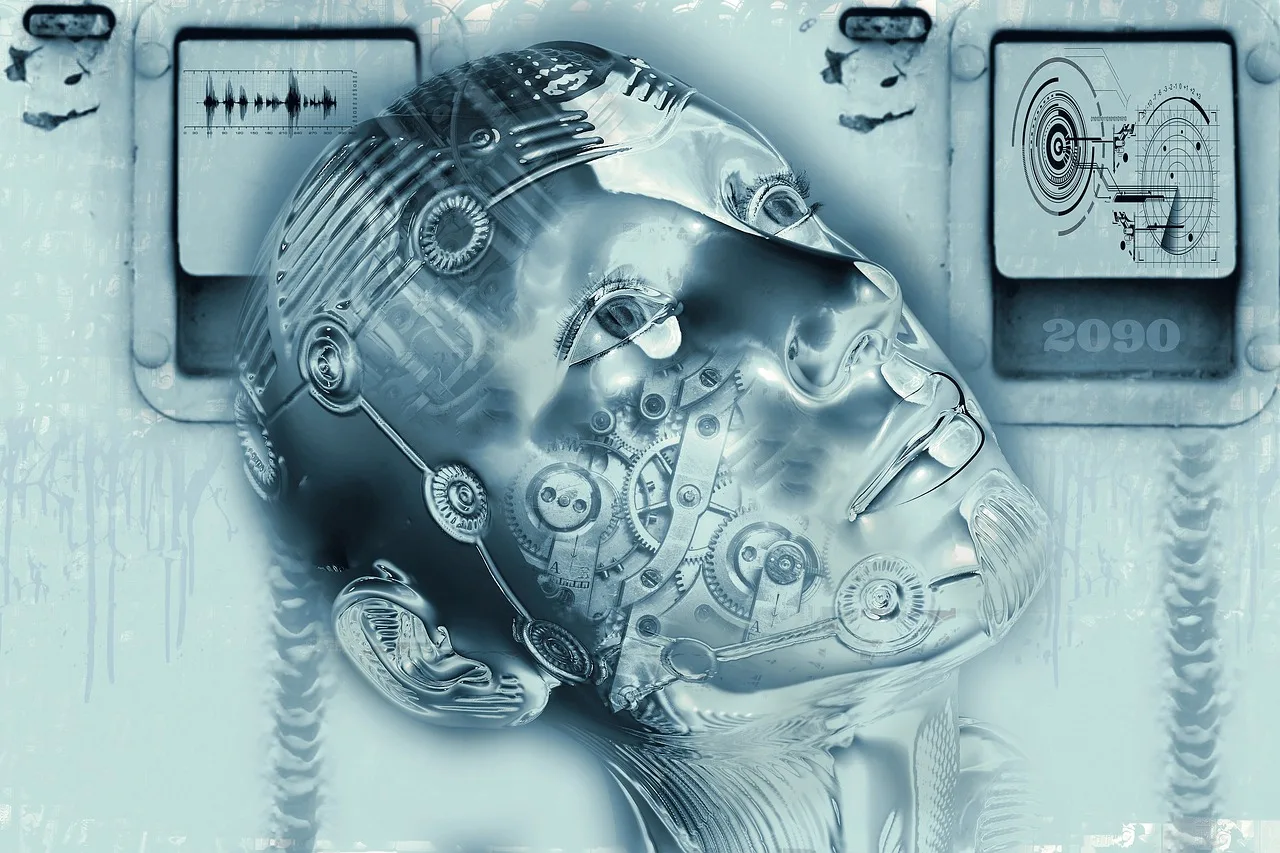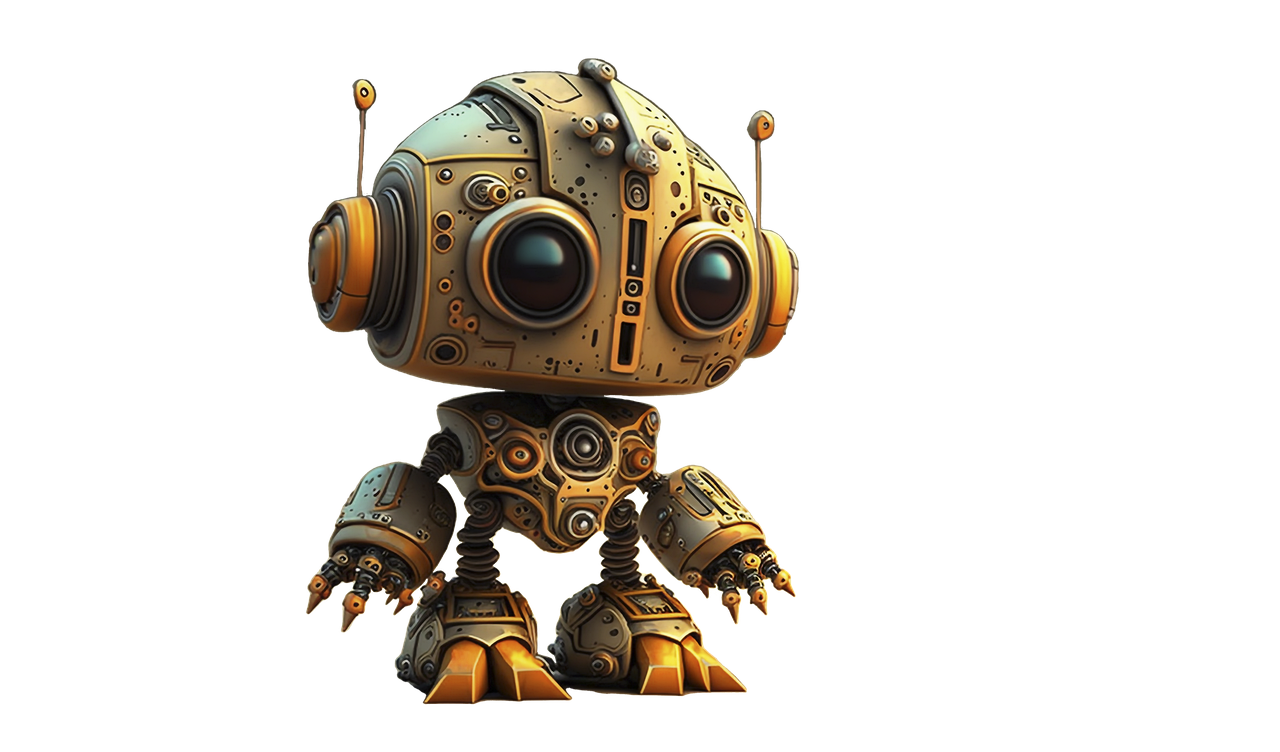
How Do AI Detectors Work: Unraveling the Magic Behind Artificial Intelligence

Artificial Intelligence (AI) has revolutionized various industries, including security and surveillance. One of the fascinating applications of AI is in the field of detectors. From detecting objects in images to identifying anomalies in data, AI detectors have proven to be incredibly useful. In this blog post, we will dive deep into the workings How Do AI Detectors Work, demystifying the magic behind their operations.
Understanding AI Detectors
AI detectors, also known as artificial intelligence detectors, are sophisticated systems that use machine learning algorithms to identify and classify objects, patterns. These detectors are designed to mimic human intelligence and make informed decisions based on the information they receive.
1. The Role of Machine Learning
At the heart of AI detectors lies machine learning. Machine learning is a subset of artificial intelligence that focuses on training algorithms to learn from data and improve their performance over time. AI detectors utilize machine learning techniques to analyze vast amounts of data and recognize patterns or objects with a high degree of accuracy.
2. Training the AI Detector
During the training phase, the AI detector is presented with a large dataset containing examples of the objects or anomalies it needs to detect. The detector analyzes these examples, identifying patterns and features that are indicative of the target object or anomaly.
Once the features are extracted, the AI detector uses them to create a mathematical model that represents the target object or anomaly. This model is typically a neural network, a complex network of interconnected nodes that mimic the structure and functionality of the human brain.
The training process involves adjusting the weights and biases of the neural network to minimize the difference between the predicted outputs and the actual outputs. This is achieved through an optimization algorithm called backpropagation, which fine-tunes the network’s parameters based on the error between the predicted and actual outputs.
3. Inference: Putting the AI Detector to Work
After the training phase, the is ready for inference, where it applies its learned knowledge to new, unseen data. When presented with an image or a data point, the detector processes it through the neural network, extracting relevant features and making predictions based on the learned model.
During inference, the AI detector performs a series of mathematical computations to determine the likelihood of the target object or anomaly being present in the input data. The output of the detector is a probability score or a binary classification, depending on the nature of the task.
4. Training the AI Detector
Training an AI detector involves feeding the prepared dataset into a machine learning model. The model learns from the data by identifying patterns and relationships between the input and the desired output. This process is known as supervised learning, as the model is provided with labeled examples to learn from.
5. Testing and Evaluation
After the AI detector is trained, it undergoes testing and evaluation to assess its performance. The model is presented with new, unseen data to determine how well it can generalize its learning and make accurate predictions. Testing helps identify any weaknesses or areas for improvement in the AI detector’s performance.
6. Real-Time Detection
Once an AI detector is trained and tested, it can be deployed for real-time detection. The detector takes in new data and applies the learned patterns to identify and classify objects or anomalies. This real-time detection capability makes AI detectors invaluable in a wide range of applications, including image recognition, fraud detection, and predictive maintenance.
Data Collection and Preparation
Before a machine learning model can be trained, it requires a large dataset to learn from. The data used for training an AI detector can be collected through various sources, such as images, videos, or sensor readings. Once the data is collected, it needs to be prepared by cleaning, organizing, and labeling it to ensure its quality and relevance.
The Role of Data
Data plays a crucial role in the effectiveness of AI detectors. The quality and diversity of the training data directly impact the detector’s ability to generalize and make accurate predictions. Insufficient or biased data can lead to poor performance and unreliable results.
Therefore, it is essential to curate high-quality training datasets that cover a wide range of scenarios and variations. Data augmentation techniques, such as flipping, rotating, or adding noise to the images, can also help improve the robustness of the AI detector.
Types of AI Detectors
AI detectors can be categorized into various types based on their applications and functionalities. Some common types include:
1. Object Detection
Object detection detectors identify and locate specific objects within an image or video. These detectors are widely used in security systems, autonomous vehicles, and facial recognition technology. AI detectors also find applications in surveillance systems, where they can identify and track individuals or objects of interest.
2. Anomaly Detection
Anomaly detection detectors identify unusual patterns or events that deviate from the norm. These detectors are used to detect fraud, network intrusions, and equipment malfunctions. By analyzing patterns and deviations from the norm, these detectors can help detect anomalies in network traffic, credit card transactions, or medical data, enabling timely intervention.
3. Emotion Recognition
Emotion recognition detectors analyze facial expressions and body language to determine human emotions. These detectors find applications in market research, customer experience analysis, and mental health diagnostics.
4. Text Classification
Text classification detectors categorize and classify text documents based on their content. These detectors are used in spam filters, sentiment analysis, and content moderation systems.
Read Also: How to use ChatGPT for outreach automation.
Challenges and Limitations
While AI detectors are incredibly powerful. One of the main challenges is the need for large amounts of high-quality training data. AI detectors may struggle with detecting objects or patterns that are significantly.
Future Developments
The field of AI detectors is constantly evolving, and we can expect exciting developments in the future. Researchers are working on improving the accuracy and efficiency of AI detectors. Advancements in deep learning and neural networks are likely to play a significant role in shaping the future of AI detectors.
Benefits of AI Detectors
AI detectors offer numerous benefits, including:
- Ability to handle large volumes of data
- Automation of repetitive tasks
- Improved decision-making and predictive capabilities
Limitations of AI Detectors
it is important to acknowledge the limitations of AI detectors:
- Reliance on quality and diversity of training data
- Potential biases and ethical concerns
- Difficulty in interpreting and explaining decisions
- Adversarial attacks that can trick the detectors
Final Words
AI detectors have opened up a world of possibilities, making our lives safer, more efficient, and more convenient. By harnessing the power of machine learning algorithms, these detectors can learn from data, extract meaningful features, and make accurate predictions or classifications. As we continue to advance in the field of AI, the potential applications of AI detectors are only limited by our imagination.
For more such information come to our array of prompts to your work.








